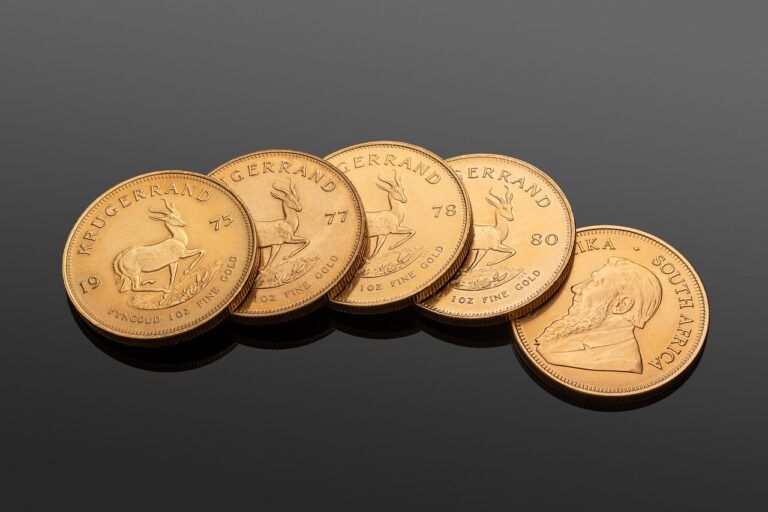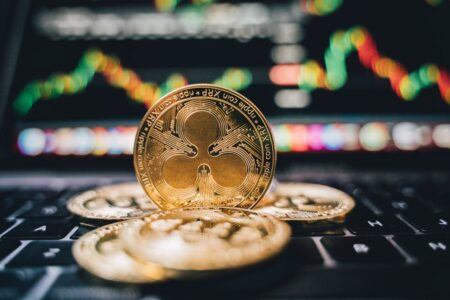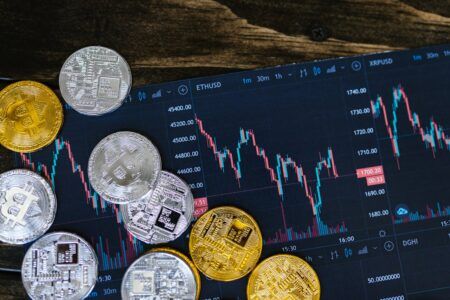New discussions on de-dollarization are missing a key point, according to Nassim Taleb, who believes the true focus should be on gold rather than currencies or digital assets.
Nassim Taleb is a well-known author, scholar, and former trader, primarily recognized for his work in risk analysis, probability, and uncertainty. He gained prominence through his book series Incerto, which includes “The Black Swan”, “Antifragile”, “Fooled by Randomness”, and “Skin in the Game”.
In “The Black Swan”, Taleb introduced the concept of black swan events—rare, unpredictable events with massive consequences that people often try to rationalize after they happen. His ideas challenge conventional thinking in economics, finance, and philosophy, particularly around the limitations of forecasting and the importance of robustness in systems.
Taleb posted on X that while the world focuses on trade settlements and alternative currencies, the true move is towards gold. He pointed out that central banks, particularly those in the BRICS nations, are increasingly storing their reserves in gold, which has seen a notable 30% increase year-over-year.
In response to Taleb’s observation, Kitco News reported that Luke Gromen, founder of Forest for the Trees, highlighted how this shift has been quietly underway for the past decade. Gromen pointed out that the freeze on Russian assets after the invasion of Ukraine intensified concerns about holding U.S. Treasuries, which has accelerated the trend towards gold. As Kitco notes, this shift reflects the growing unease among central banks about the reliability of U.S. debt as a store of value.
The Kitco report also mentions that analysts like Angelo Giuliano further underscored the point by explaining that countries are increasingly buying gold instead of U.S. debt. Giuliano referred to the U.S. dollar system as a “Ponzi scheme,” adding that gold has reached all-time highs, marking a 30% yearly performance. He emphasized that this is just the beginning of the trend towards alternative reserves, with gold being the primary beneficiary.
Kitco also covered projections from the World Gold Council, which revealed that 29% of central banks plan to increase their gold holdings within the next 12 months. This shift away from the dollar is expected to continue, with 62% of survey respondents believing the dollar’s share of total reserves will drop within five years, compared to 55% in 2023.
With the Federal Reserve expected to cut interest rates next week, Kitco reported that analysts, like Ewa Manthey from ING, believe this will provide a further boost to gold. Manthey expects gold prices to average $2,580 in the fourth quarter of 2024, with continued upward momentum into 2025.
Featured Image via Pixabay









